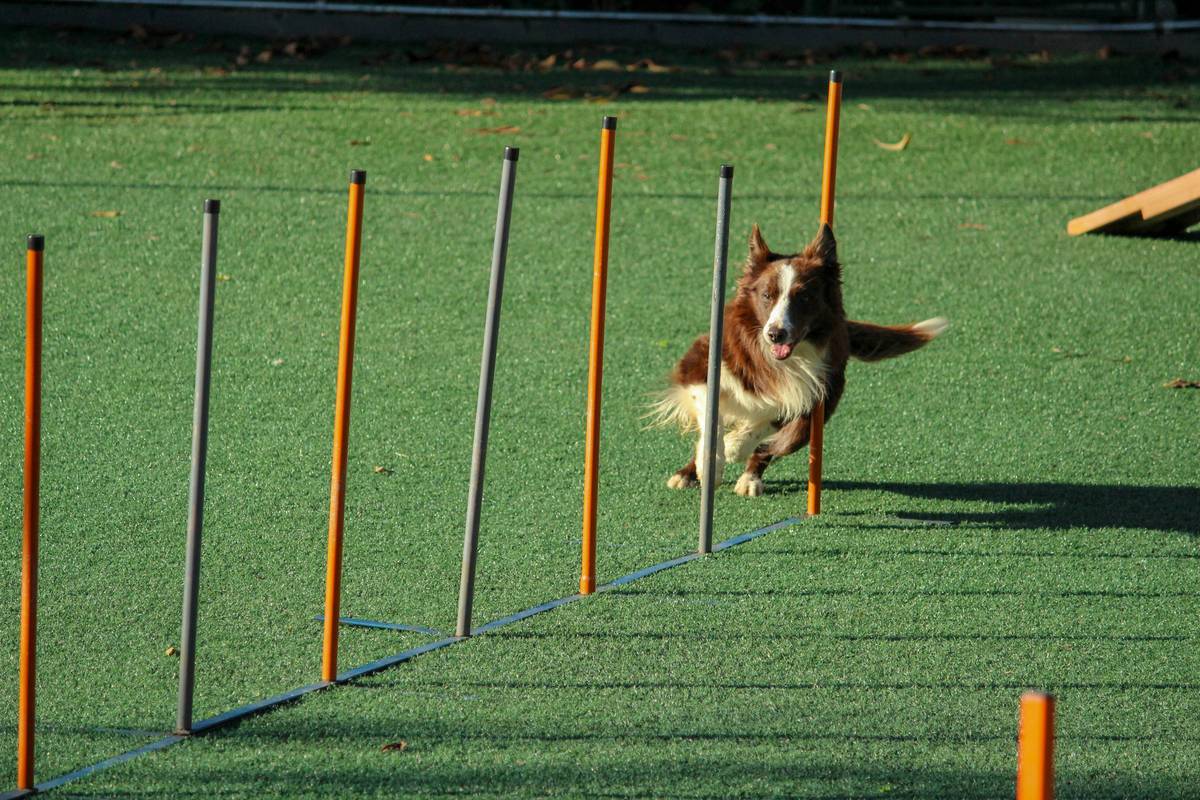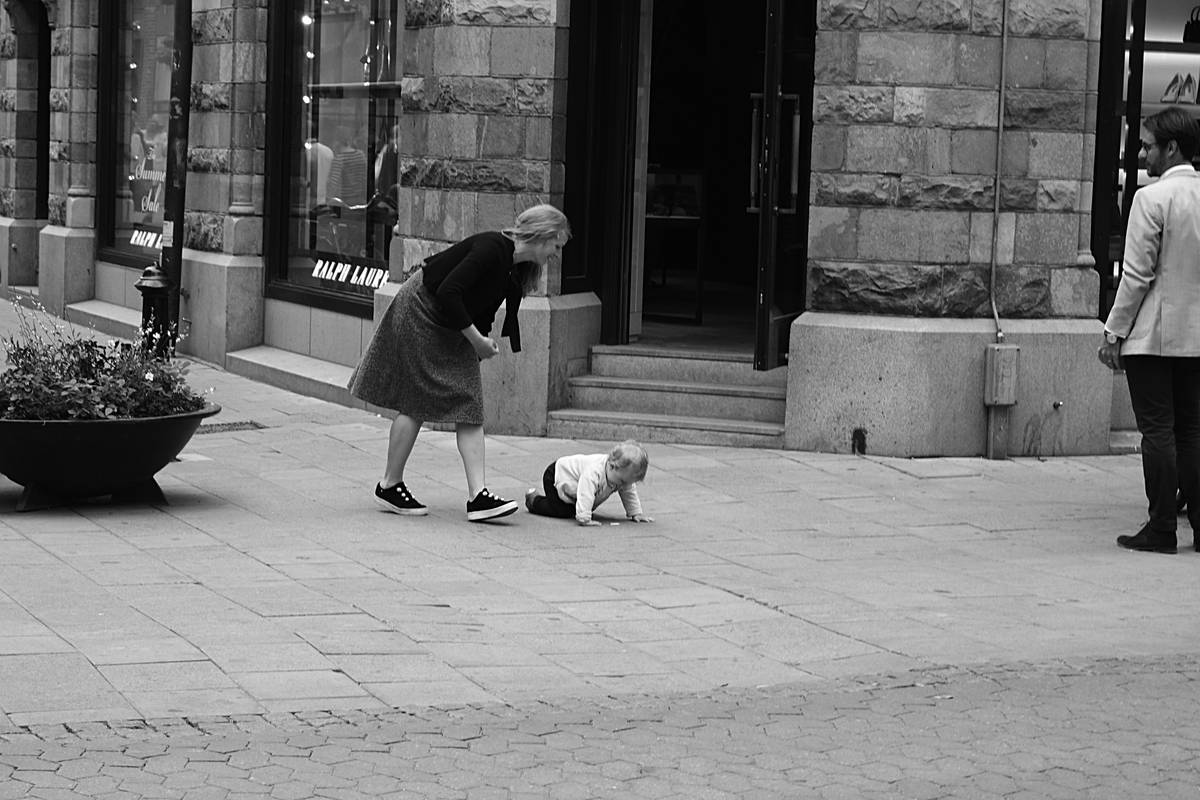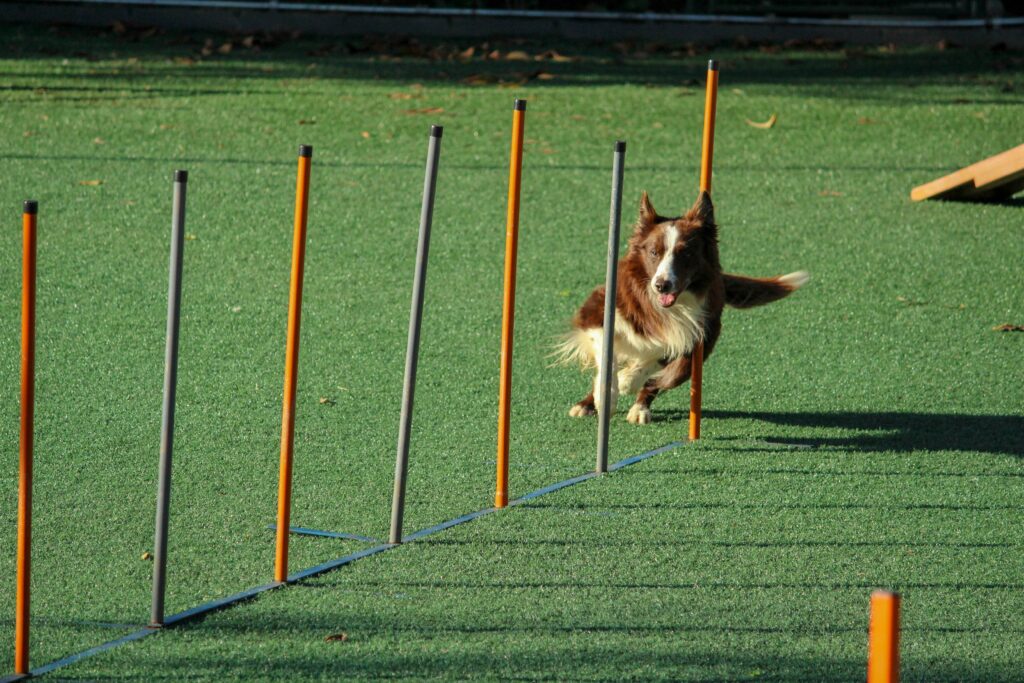Ever spent weeks trying to teach your dog the “sit” command, only for them to stare at you blankly like they’ve never heard it before? Frustrating, right? You’re not alone. Many pet owners struggle with this seemingly simple yet crucial part of training. By the end of this guide, you’ll learn how to troubleshoot sit command issues, why they happen, and actionable steps to fix them once and for all.
Table of Contents
- Key Takeaways
- Why Is Your Dog Ignoring the Sit Command?
- Step-by-Step Guide to Troubleshooting
- Pro Tips for Perfecting the Sit Command
- Real-Life Success Stories
- Frequently Asked Questions
- Conclusion
Key Takeaways
- Common mistakes include inconsistent cues and lack of reinforcement.
- The troubleshooting process involves assessing distractions, timing, and rewards.
- Positive reinforcement is key—but don’t be afraid to experiment with different treats or toys.
- Dogs might refuse commands due to health issues; always rule out pain or discomfort first.
Why Is Your Dog Ignoring the Sit Command?
When I was training my golden retriever Max, I thought I had nailed the “sit” command. That was until we took him to the park, and he flat-out ignored me. Mortifying. It turns out there are three main reasons dogs fail to respond:
- Distractions: Loud noises, other animals, or even new environments can throw them off.
- Inconsistent Cues: If you say “sit,” then gesture wildly while saying “DOWN!”—confusion ensues.
- Lack of Motivation: Dogs aren’t psychic—they need incentives!

Figure 1: A distracted dog at the park.
Rant Break: Stop Blaming Yourself (or Your Dog)
Ugh, social media makes everyone think their dogs should master complex tricks by day two. Newsflash: Not every dog is an agility prodigy. Sometimes, it’s just trial and error. So stop beating yourself up if your pupper doesn’t get it immediately.
Step-by-Step Guide to Troubleshooting
Step 1: Rule Out Health Issues
Before diving into behavioral fixes, ensure your pup isn’t experiencing any physical discomfort. Hip dysplasia or arthritis could make sitting painful.
Pro Tip: Consult your vet if you suspect mobility problems.
Step 2: Assess Distractions
Is your living room doubling as a construction site? Are squirrels running amok outside? Minimize distractions during training sessions. Try starting indoors where it’s quiet, then gradually increase difficulty.
Step 3: Evaluate Timing & Consistency
Your dog needs clear signals. Use one word (“Sit”) paired with a distinct hand signal every single time. Avoid changing phrasing mid-session—it’s confusing AF.
Step 4: Amp Up Rewards
If kibble isn’t cutting it, try something yummier. Peanut butter, freeze-dried liver snacks, or squeaky toys work wonders.

Figure 2: High-value treats for effective training.
Pro Tips for Perfecting the Sit Command
Tip 1: Keep Sessions Short and Sweet
Dogs have short attention spans. Aim for 5–10 minute sessions max. This keeps them engaged without burnout.
Tip 2: Be Patient but Firm
Remember the grumpy optimist dialogue here:
- Optimist You: “You’ve got this! Just keep practicing.”
- Grumpy You: “Okay, fine—but only if coffee breaks are involved.”
Terrible Tip: Don’t Punish Failure
Warning: Yelling or scolding when your dog messes up does more harm than good. Positive reinforcement forever.
Real-Life Success Stories
Take Sarah, who struggled with her stubborn bulldog Bella. After ruling out medical issues, she switched from dry biscuits to cooked chicken pieces—and voilà, Bella mastered the sit command within days!

Figure 3: Happy dog excelling at sitting on command.
Frequently Asked Questions
Q1: How long does it take to troubleshoot sit command problems?
Depending on the issue, it can range from a few days to several weeks. Stay consistent!
Q2: What if my dog still won’t sit after weeks of training?
Reevaluate your methods, check for underlying health concerns, and consider consulting a professional trainer.
Q3: Can older dogs learn the sit command too?
Absolutely! While younger pups adapt faster, older dogs benefit immensely from mental stimulation through training.
Conclusion
Training your dog to sit may feel daunting, especially when progress stalls. But armed with these troubleshooting techniques—from minimizing distractions to upgrading rewards—you’ll soon see results. Remember, patience and positivity are paramount.
Like a Tamagotchi, your bond with your furry friend grows stronger with care and consistency. Now go forth and ace that sit command!
Haiku Time:
Doggie sits so proud
Rewards taste sweet, love’s abound
Together we grow


